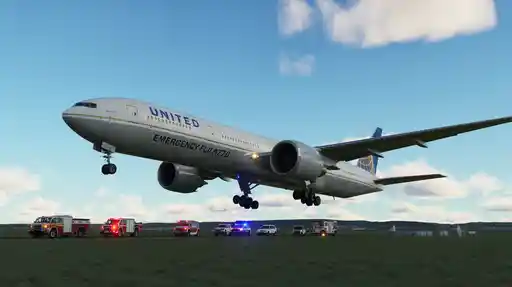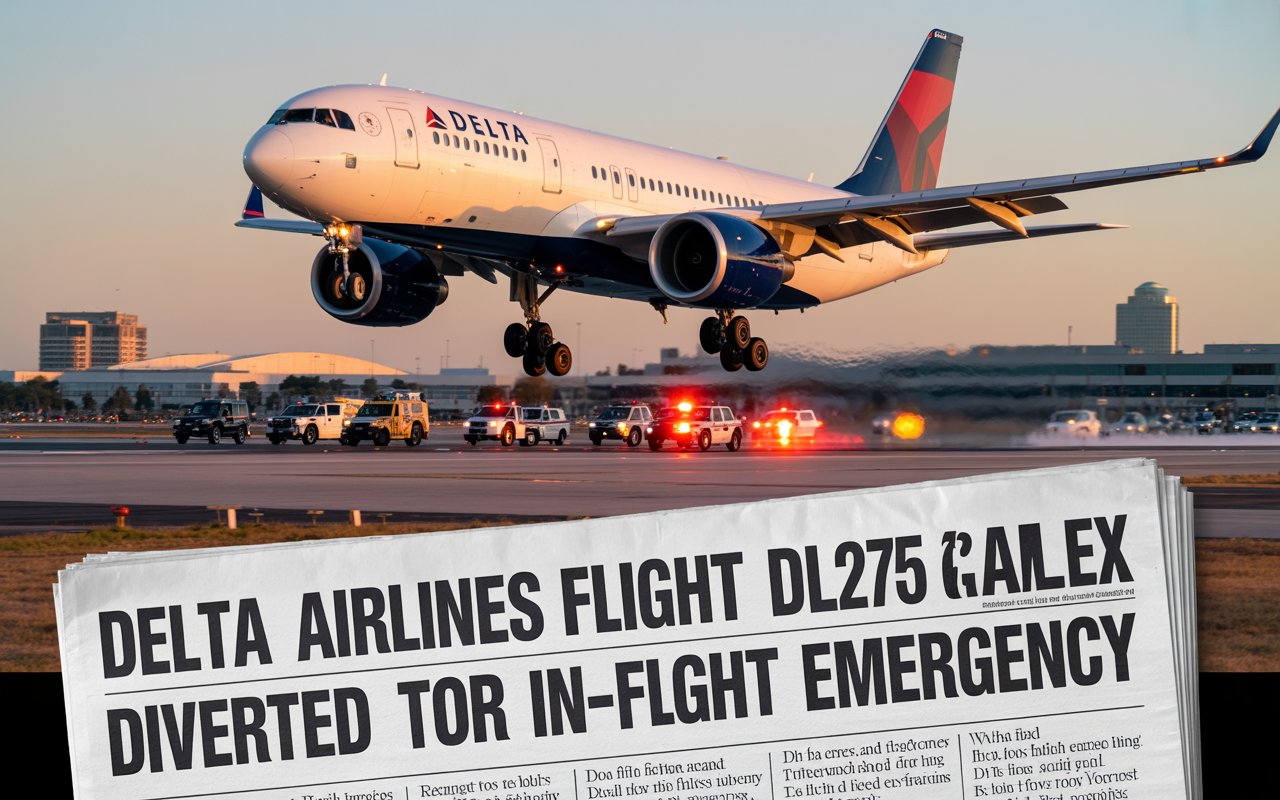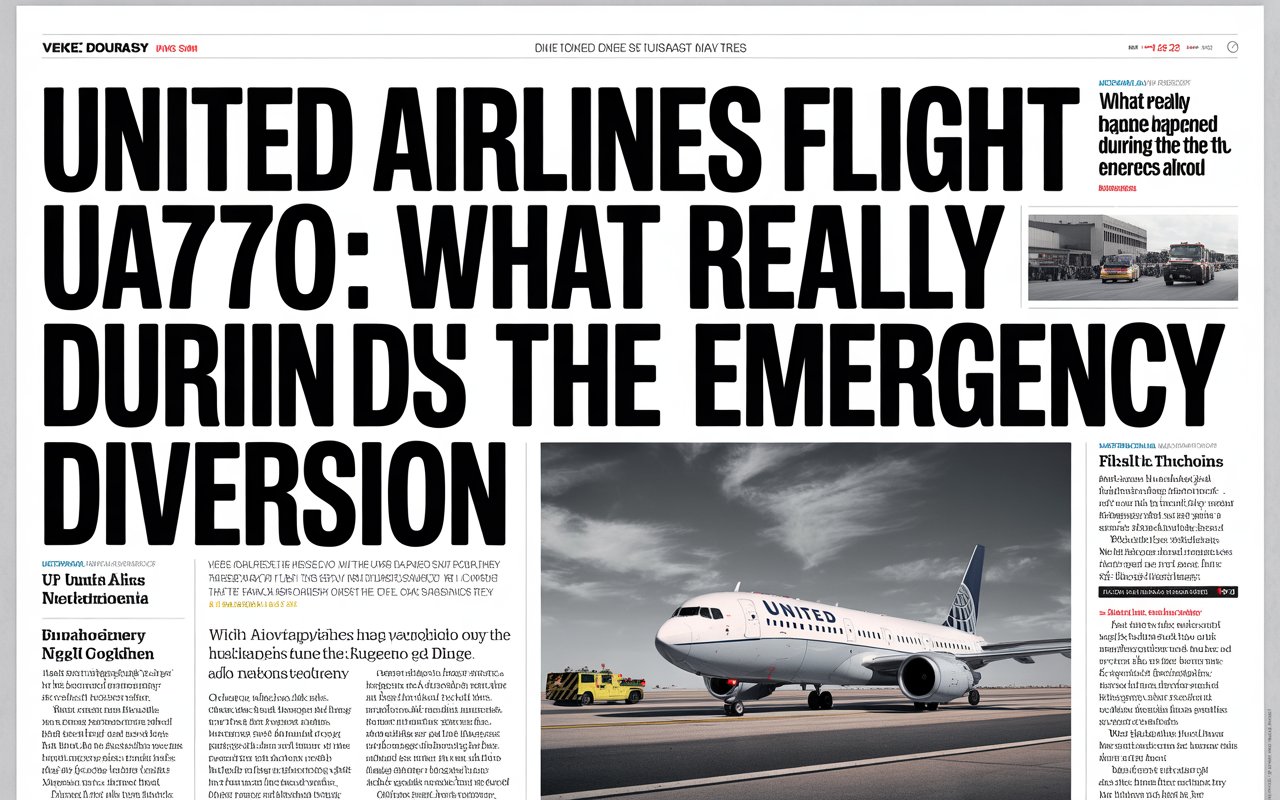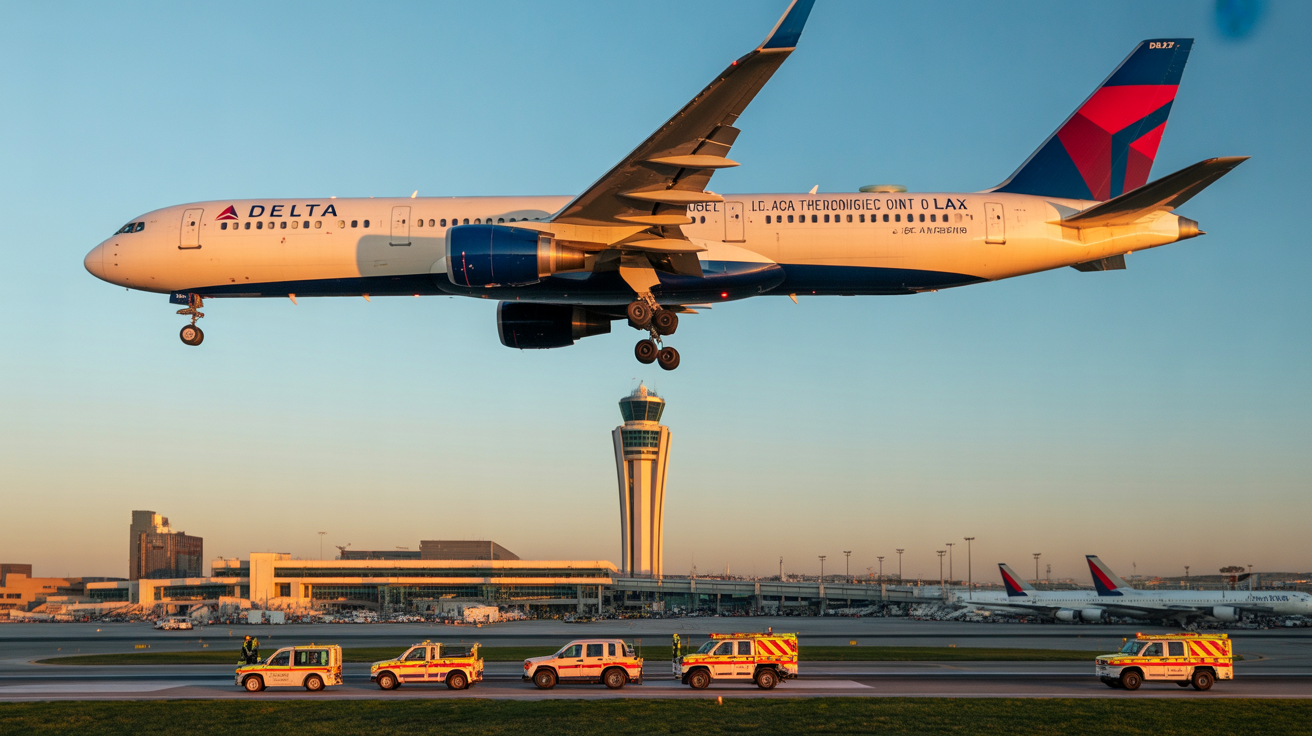Introduction
In modern society, plane travelling has been defined as one of safest and sure means of travelling. However, technical advancement, a total safety measure and the skills and personnel flyings can break down due to circumstances that have to be avoided since they are unfortunate.
It happened with the United Airlines Flight UA770 that has become the topic of discussion nowadays due to the emergency diversion during the planned air traveling. Although it left the passengers in an awkward position, it can serve as the evidence of the security ratings of the current aviation and professional selection of its personnel.
The original Plan of the Flight
The initial path of the flight of the United Airlines Flight UA770 would have been a normal timetabled passenger carrier flight between its home bound home and the landing place with passengers occupying the business passengers, tourists and personal purposes. It was meant to be incident-free as the flight was to be operated by highly trained flight personnel and a well equipped modern aircraft besides the United having a wonderful record of the flights efficiency and the passenger safety.
The incident that has diverted
During the flight, halfway to the destination, the crew members complained that there was a problem to fix as quickly as possible. As it is mentioned, the diversion occurred as a result of something irregular on board and of technical nature. Regardless of details it could involve some mechanical failure, alarming sensors and it could also involve a health emergency on-board.
Instead of being directed to the destination point, the flight crew decided, in conjunction with the operations control and air traffic control officers at the United Airlines to redirect the flight to the nearest suitable airport. The ruling is a reflection of the status quo in the industry- it lessens causes of risks which might propagate and also lowers them in the quickest and safest way possible.
Emergency Diversion Protocols in Aviation
An emergency diversion seldom occurs in commercial aircraft operations, but is nevertheless a very practised procedure. In such cases, airlines are very strict with their procedures:
- Situation Assessment: Flights crew assesses how serious the problem is referring to the aircraft systems, manufacturer requirements on systems, and training procedures.
- Contact with Air Traffic Control: Pilots relate to the controllers the context of the situation as a way of having quick clearance to divert.
- Liaison with Airline Operations: The operations center of the airline helps in specifying the safest alternate airport regarding location, weather, and supportive facilities available.
- Passenger Safety Procedures: Cabin crew makes sure that passengers are relaxed; obey instructions and get ready to land.
Other large airlines such as United Airlines also prepare their crews to overcome such situations with concern and accuracy.
Passenger Experience on Diversion
To most passengers, emergency diversion can be hectic particularly when there is minimal information about the type of situation taking place. It is reported that on Flight UA770 the communication between the crew was clear and the latter reported to passengers regarding the diversion and assured them that their safety was the top priority.
Training does not only involve knowledge on safety procedures but also on handling passenger emotions in times of unexpected happenings that may arise to a cabin crew member. Giving them some assurance and support and constant updates will go a long way in keeping sanity and order in the ship.
Safe Landing and Ground Response
When a landing was made at the reserve airport, ground crews and emergency teams were in place. The plane landed safely at a gate or remote stand and technical crews commenced to check out the problem.
In a worst case scenario, the passengers can be booked in other flights or on other aircrafts in the event repairs cannot be done timely. United Airlines also usually helps with accommodation, meals, and subsequent travel, in situations in which there are lengthy delays caused by diversions.
Technical Considerations
Although the precise reason behind UA770 diversion is still under consideration, possible factors that present in the case of modern aircraft that might induce specific actions of the kind are:
- Engine Performance Warnings: Lights that depict deviation in parameters.
- Pressurization: problems with the regularity of maintaining cabin safety.
- Hydraulic/ electrical errors: Faults that affect the control services or onboard systems.
- Medical Emergencies: Occupants of the plane in urgent need of medical care.
Making the decision to divert is not considered lightly and in many cases is made based on the preconception of safety precedence over schedule.
Industry and Regulatory Oversight
The aviation industry falls in place of stringent regulations by relevant authorities like the Federal Aviation Administration (FAA) in the United States. In the event that an emergency diversion takes place, the agencies can investigate it to determine whether all safety precautions have been undertaken and whether any changes to the procedures can be made.
Airlines also have their own investigations usually by examining flight data recorders, maintenance records and reports by the crew to find the cause underlying the accident and to incorporate preventive solutions.
Lessons of UA770 Diversion
Although Flight UA770 diversion might have thrown travel plans out of the window, it is a lesson to remember a number of points:
Safety First: Airlines will take care to be safe first, at the expense of being on schedule.
Crew Training Works: The rapid and coordinated efforts of the pilots and cabin crews can work towards the safety of the passengers during emergencies.
Passenger Cooperation Matters: The ability to follow directions without causing an uproar will help a calmer and effective resolving process of the incident onboard.
Conclusion
The emergency diversion of the United Airlines Flight UA770 highlights the need for preparedness, training and the observation of safety rules in contemporary aviation. Although these occurrences might be alarming they show how well the aviation safety system works and how people who work inside the aviation industry are professionals.
To the passengers, the incident proves to be a comforting case that passengers can be assured that when something goes wrong unexpectedly, an airline such as United has the capabilities and resources to respond in a manner that ensures the safety of the passengers, first and foremost. Delay and diversion may be inconvenient but they always serve as a necessary action in order to make every trip safe, and that is the main cause of air travel.













